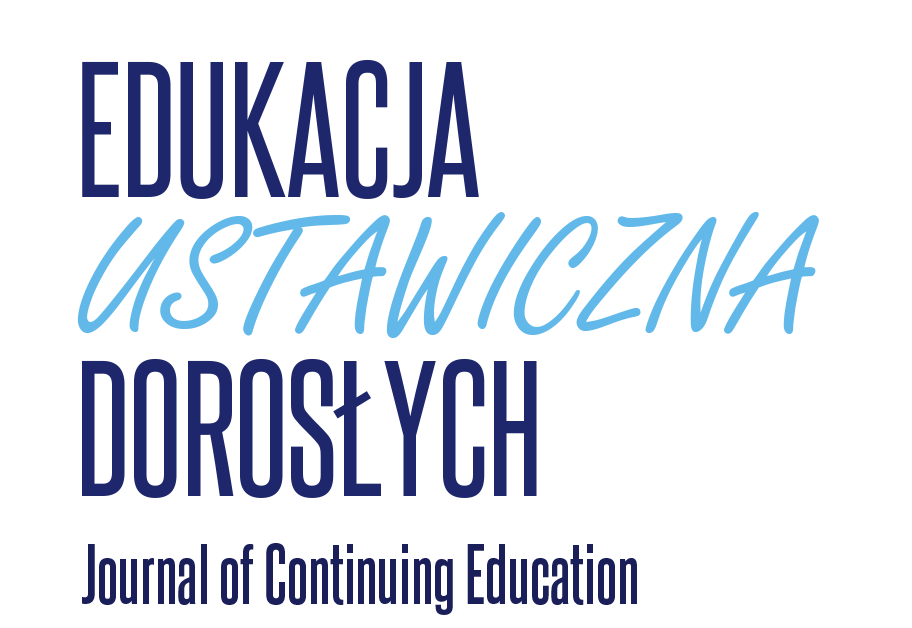A reflective approach to CLIL instruction in the VET context ![]()
DOI 10.34866/7nd6-p290
Zbigniew P. MOŻEJKO ORCID: 0000-0003-3098-906X
Podejście refleksyjne do zintegrowanego nauczania przedmiotowo-językowego w środowisku kształcenia zawodowego
Słowa kluczowe: podejście refleksyjne, zintegrowane nauczanie przedmiotowo-językowe, kształcenie zawodowe.
Key words: reflective approach, CLIL, Content and Language Integrated Learning, VET, vocational education and training.
Streszczenie: Celem niniejszego artykułu jest przywołanie tak zwanego podejścia refleksyjnego w kontekście nauczania języka angielskiego jako obcego dla celów zawodowych. Punktem wyjścia dla poniższych rozważań jest scharakteryzowanie zintegrowanego nauczania przedmiotowo- językowego (nauczanie typu CLIL), w tym przedstawienie jego głównych założeń (np. koncepty „4C” oraz „3A” profesor Do Coyle), oraz przypomnienie podstawowych cech kształcenia zawodowego (kształcenie typu VET). Część teoretyczna kończy się wprowadzeniem do podejścia refleksyjnego jako elementu konstytutywnego kształcenia nauczycielskiego (nauczyciela- glottodydaktyka) czy późniejszej pracy nauczyciela-praktyka. Główna część artykułu poświęcona jest opisowi narzędzia refleksyjnego (vide: załącznik). Stanowi to przyczynek do przywołania pewnych zagadnień, obecnych w głównym nurcie nauczania języka angielskiego jako języka obcego (w tym, w nauczaniu zintegrowanym) i zaadaptowania ich do nauczania języka dla celów zawodowych. W podsumowaniu zwraca się uwagę na dynamiczną naturę zaproponowanego narzędzia refleksyjnego i zachęca się do przystosowywania go do własnych potrzeb nauczyciela-praktyka poprzez usunięcie bądź uwzględnienie aspektów, które stanowić będę podstawę konkretnej refleksji czy konkretnej obserwacji.
Abstract: The paper adopts a reflective approach to EFL teaching and teacher-training in order to shed light at the interplay between CLIL instruction and the VET context. The paper opens with highlighting the main tenets of CLIL and VET training and signals the former’s origins, basic components and instructional guidelines. It then progresses towards reflectivity as a component of pre-service teacher training, which can (or should) resurface as a token of the reflective teacher-practitioner. The next section (Method and instrument) constitutes, together with the tool in the Appendix, the principal contribution of the paper in that it introduces an approach which may become a blueprint for conducting a reflective analysis of one’s CLIL/VET teaching. In doing so, the section accrues dimensions of reflective (self-)observation and includes: language (and language learning strategies in the context of lexical update; also the ARC division of types of language), content (and the relation between content and different types of language: BICS vs. CALP). The aim of the paper is not only to introduce the instrument but at the same time to bring together notions well-established in mainstream EFL/CLIL instruction and seek their application in the VET context.


